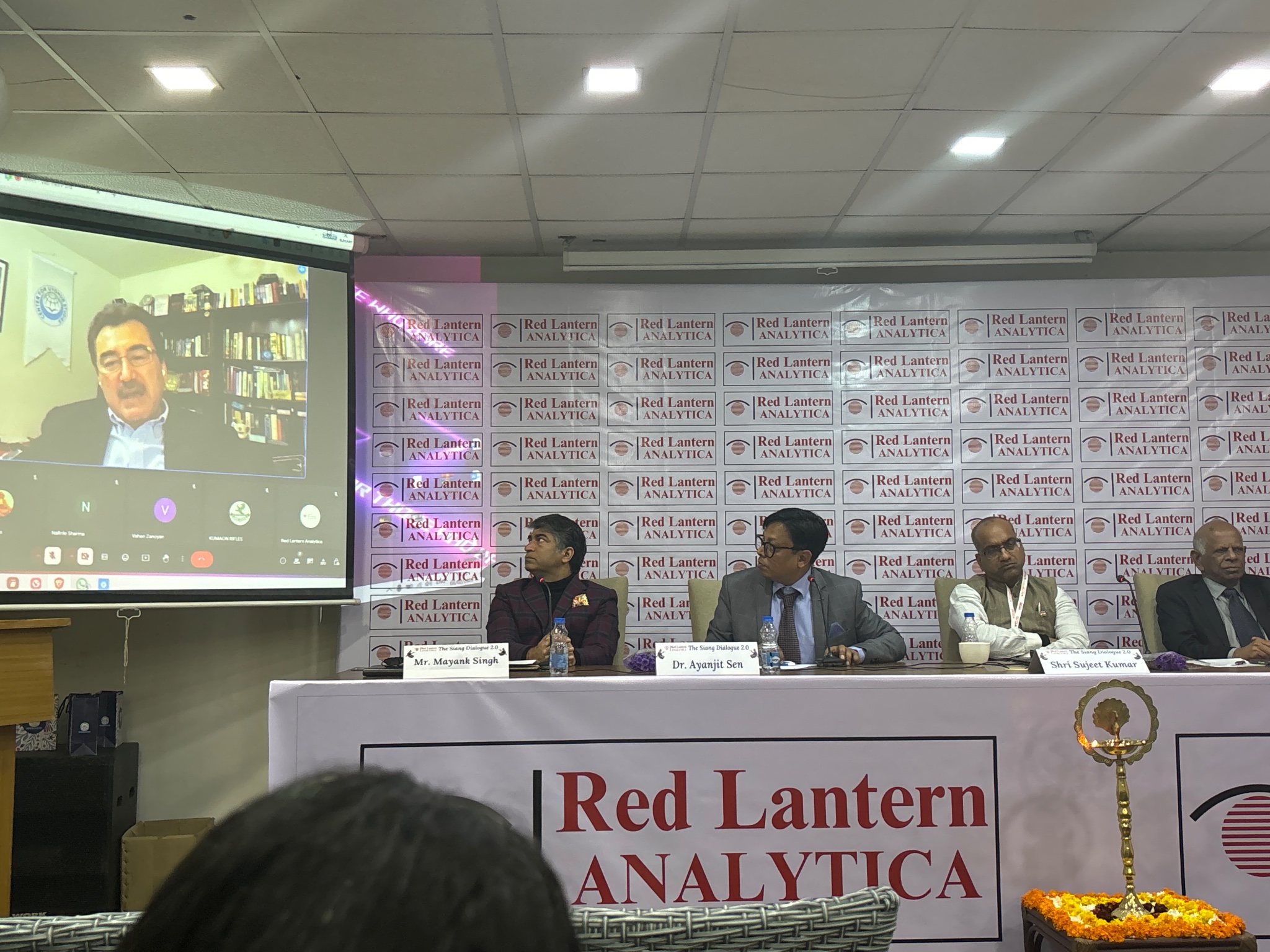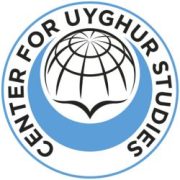
The Chinese government’s actions in East Turkistan (AKA Xinjiang) have escalated into one of the most severe human rights crises of our time. The repression against Uyghurs and other Turkic Muslims has been extensive, with tactics ranging from mass surveillance to forced labor, arbitrary detentions, and cultural erasure. The plight of the Uyghur people is a humanitarian disaster that the world cannot ignore. The Chinese government has implemented an extensive surveillance state in East Turkistan, where Uyghurs and other Turkic Muslims are subject to constant monitoring. Reports indicate that up to 1-3 million Uyghurs have been detained in what are essentially concentration camps. These facilities are sites of forced indoctrination, abuse, and even disappearances, where detainees are pressured to renounce their religious and cultural identities. The indoctrination often includes forcing Uyghurs to abandon their language, faith, and customs, contributing to a systematic erasure of their identity.
The scale of China’s actions goes beyond detention and surveillance. Reports of forced sterilization, family separations, and the deliberate destruction of Uyghur cultural and religious sites indicate a coordinated effort to eradicate Uyghur identity. In addition, the destruction of over 16,000 mosques and the imprisonment of millions for acts of religious devotion, such as reading the Quran, demonstrate China’s deep-rooted war on religion. International bodies, including the United Nations and several human rights organizations, have labeled these actions as genocide and crimes against humanity, further exposing China’s aggressive policies. China’s expansionist approach in East Turkistan includes the strategic replacement of Uyghurs with Han Chinese settlers. This demographic engineering is designed to ensure that the Uyghur population is systematically displaced, diminishing their presence in their ancestral homeland. The creation of new counties, like those in Hotan—my home city—serves as a stark reminder of this state-sponsored invasion, one that threatens not only Uyghur culture and identity but also poses a risk to regional stability and even Indian national security.
Meanwhile, Uyghur activists abroad face relentless persecution as China extends its repression beyond its borders. Activists are harassed, silenced, and in some cases, their families in China are held hostage as punishment for their advocacy. Despite the global recognition of the Uyghur genocide, China continues to engage in disinformation campaigns, using its influence to whitewash its actions and avoid accountability.
The international community has begun to respond to the Chinese government’s brutal treatment of the Uyghur people. The United States, Canada, and several European nations have imposed sanctions on Chinese officials and companies linked to the repression. The U.S. has also passed the Uyghur Forced Labor Prevention Act, which bans imports from Xinjiang believed to be connected to forced labor. These measures reflect a growing global recognition of the need to hold China accountable for its human rights abuses.
Despite the deeply religious and historical ties many Muslim-majority countries share with the Uyghur people, the response from these nations has largely been one of silence or tacit support for China. This silence is often driven by economic dependencies, political alliances, and participation in China’s Belt and Road Initiative (BRI), a global development program that has further entrenched Chinese influence.
China has leveraged its economic power to influence international organizations and developing nations, discouraging them from condemning its policies. Moreover, China’s growing alliance with Russia in the face of Western sanctions and criticism has made it even more challenging for global powers to hold China accountable for its human rights violations.
A more insidious aspect of China’s approach is its use of deepfake technology and state-sponsored bots to spread disinformation. AI-generated videos and images can create fake narratives that make it difficult to distinguish real news from fabricated stories. On social media platforms like Twitter and TikTok, AI-powered bots flood discussions with pro-China propaganda and anti-Uyghur narratives. These bots help China suppress dissent and prevent the global public from learning about the true scale of its human rights abuses.
China has employed extensive censorship strategies, using AI-driven technologies to suppress content critical of the government. Platforms like DeepSeek, WeChat and TikTok have been accused of actively blocking information that could shed light on the abuses in East Turkistan, preventing Uyghur activists from raising awareness about their plight.
To combat the global spread of disinformation and ensure that the Uyghur crisis remains a focal point of international attention, several strategies must be pursued. The repression of the Uyghur people is a crisis that demands global attention. While China continues to deny and downplay its actions, the international community must stand firm in calling for accountability. By supporting Uyghur activists, strengthening media literacy, and combating China’s digital manipulation, we can work toward exposing the truth and fighting for the rights of the Uyghur people. The struggle for justice is far from over, and it is up to all of us to ensure that the voices of the oppressed are not silenced.
- This speech was delivered during the Siang Dialogue 2.0, organized by Red Lantern Analytica, an independent foreign policy think tank based in India.
Copyright Center for Uyghur Studies - All Rights Reserved
